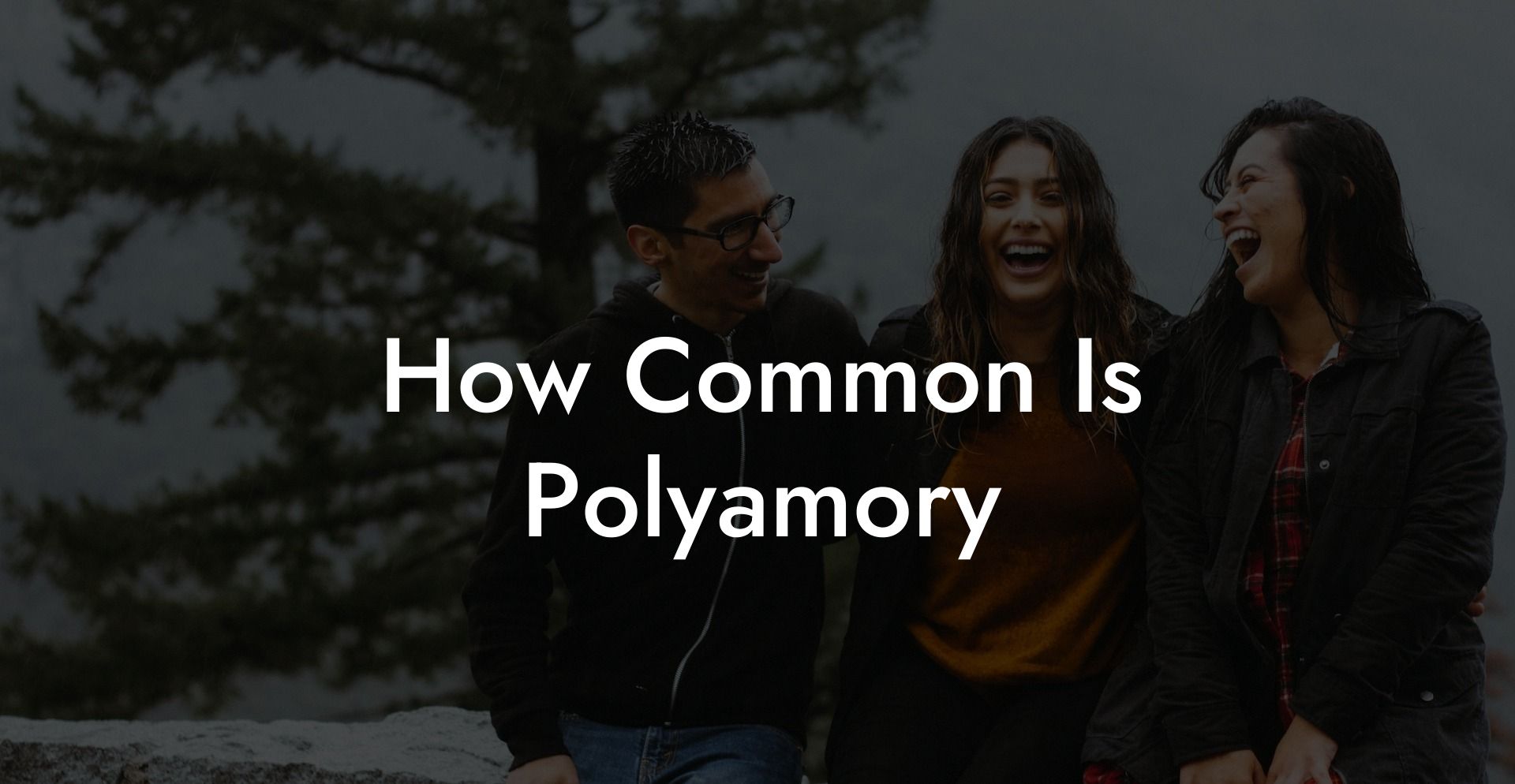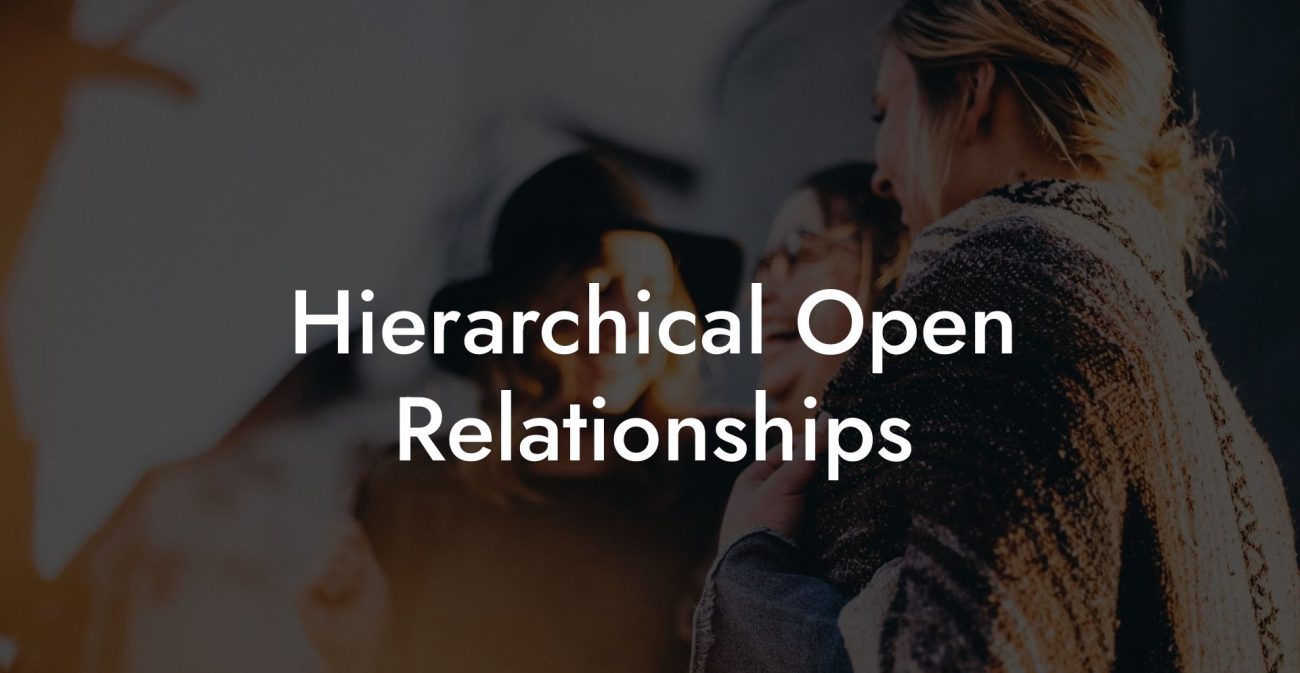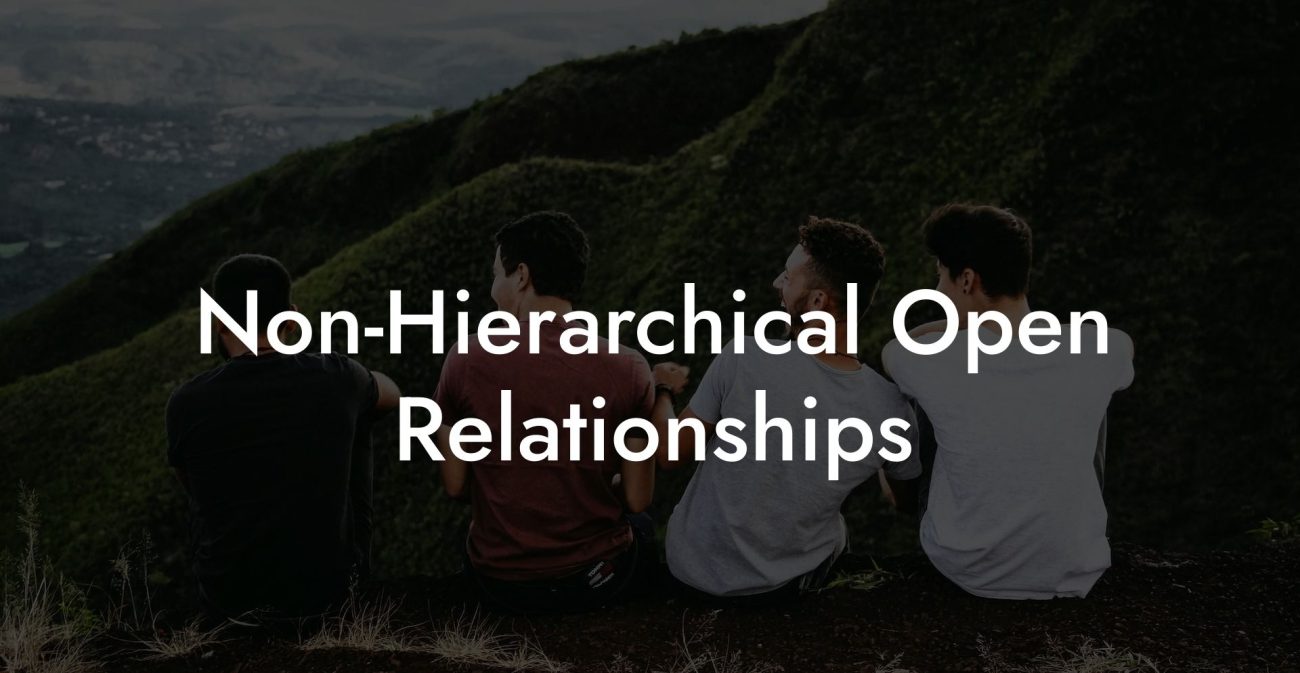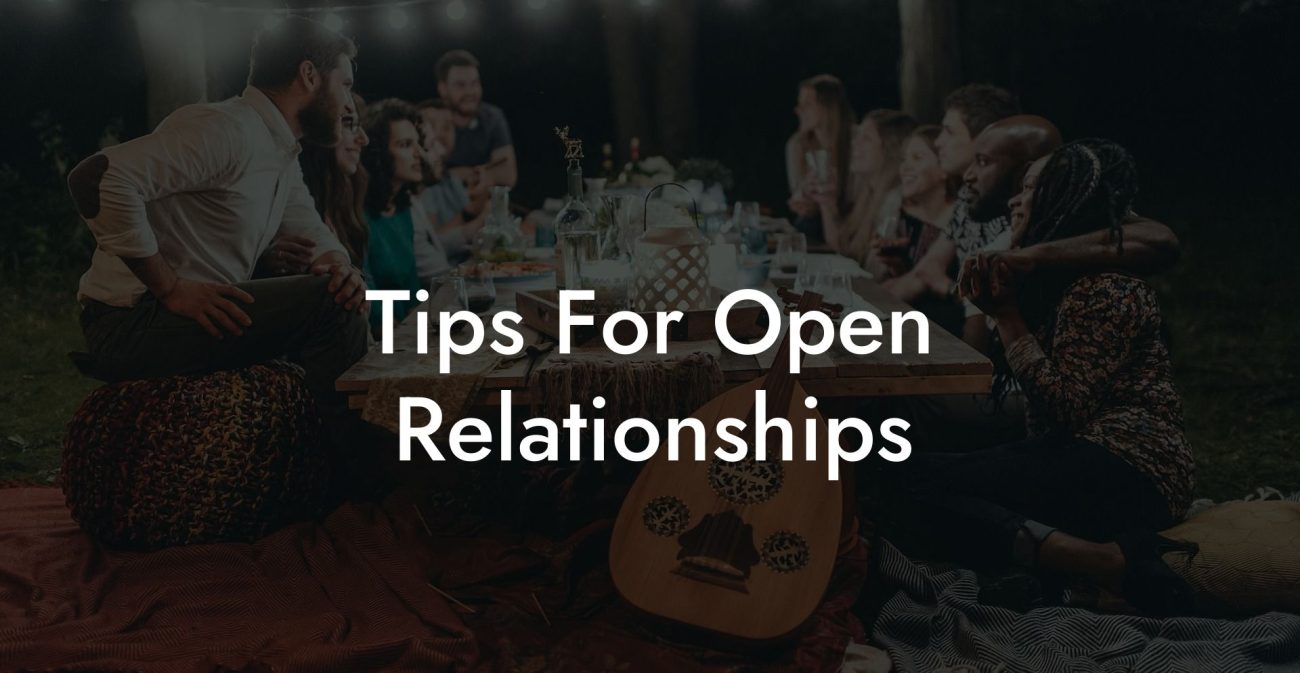How Common Is Polyamory

Are you curious about how common polyamory really is? In today’s diverse relationship landscape, many people wonder if multiple, consensual relationships are a growing trend or simply a niche lifestyle. This guide explores the prevalence of polyamory, examines Data Research and statistics, and discusses the cultural factors that influence its practice. Whether you’re new to the concept or looking to better understand the social dynamics behind it, read on to discover insights into how common polyamory is today.
Quick Links to Useful Sections
Understanding Polyamory Prevalence
Polyamory, defined as engaging in multiple romantic or sexual relationships with the consent and knowledge of all parties involved, has moved from the fringes of society into more mainstream discussions. While exact numbers vary by study and region, many researchers suggest that a small but significant percentage of the population identifies with polyamorous values. As social attitudes toward non-traditional relationships evolve, more people feel comfortable exploring and disclosing polyamorous lifestyles.
Modern Statistics and Research
Studies indicate that the prevalence of polyamory may be higher than many assume. For example, surveys in the United States have estimated that between 4% and 5% of adults have engaged in some form of consensual non-monogamy, with polyamory being a prominent part of that group. Although numbers can differ based on methodology and definitions, the trend points toward a gradual increase in acceptance and visibility.
Additionally, research shows that interest in polyamory is particularly high among younger generations, suggesting that as societal norms shift, more people may explore diverse forms of love and connection.
Cultural and Social Factors Influencing Polyamory
Cultural acceptance of polyamory is on the rise thanks to the proliferation of digital media, social networking, and greater visibility of alternative lifestyles. The open dialogue fostered by online communities and social media platforms has helped demystify polyamory, leading to more open discussions in mainstream media. As traditional relationship models are increasingly questioned, many see polyamory as a viable, authentic way to express love.
Moreover, polyamory’s emphasis on consent, communication, and personal autonomy resonates with contemporary values of individual freedom and self-expression.
Challenges in Measuring Polyamory
Despite growing acceptance, accurately measuring the prevalence of polyamory is challenging. Many individuals may not label their experiences as polyamorous even if they practice consensual non-monogamy. Additionally, social stigma and privacy concerns can lead to underreporting in surveys. This means that while studies provide useful estimates, the true number of people practicing polyamory might be higher.
Implications for Society
The increasing visibility of polyamory has broader social implications. As more people adopt or experiment with polyamorous practices, traditional views on love, commitment, and family structures continue to evolve. This shift encourages more inclusive definitions of relationships, paving the way for greater acceptance of diverse love models in both legal and cultural contexts.
FAQ: How Common Is Polyamory?
1. How many people are polyamorous?
Research suggests that approximately 4-5% of adults in the United States have engaged in consensual non-monogamy, including polyamorous relationships.
2. Are interest levels in polyamory increasing?
Yes, particularly among younger generations, interest in polyamory is on the rise as societal norms become more accepting of diverse relationship models.
3. Is polyamory more common in certain regions?
Prevalence can vary by region and culture. In societies with more progressive views on relationships, polyamory tends to be more visible and accepted.
4. Can the true number of polyamorous individuals be underestimated?
Absolutely. Due to privacy concerns and social stigma, many people may not openly identify as polyamorous, leading to potential underreporting in surveys.
5. What factors contribute to the rise of polyamory?
Factors include increased digital connectivity, growing social acceptance of alternative lifestyles, and a cultural shift toward valuing individual freedom and open communication.
6. How do researchers study polyamory?
Researchers use surveys, interviews, and online questionnaires to gather data, although variations in definitions and self-identification can affect the results.
7. Is polyamory the same as all forms of non-monogamy?
No, polyamory specifically refers to engaging in multiple consensual, romantic, or sexual relationships, whereas non-monogamy can also include other models such as open relationships or swinging.
8. How has media influenced the perception of polyamory?
Increased media coverage and online communities have helped demystify polyamory, leading to more open discussions and greater social acceptance.
9. What role does social stigma play in reporting polyamorous behavior?
Social stigma can lead individuals to hide or underreport their polyamorous activities, meaning official statistics might not capture the full picture.
10. Where can I learn more about polyamory?
Books like "The Ethical Slut" and "More Than Two", podcasts such as “Multiamory,” and online communities like Reddit’s r/polyamory offer extensive insights and support on polyamorous lifestyles.
Resources and Community Support: Your Next Steps in Exploring Polyamory
- Books and Academic Resources: Explore texts like "The Ethical Slut" and "More Than Two" to deepen your understanding of polyamorous dynamics.
- Podcasts: Listen to shows such as “Multiamory” for personal stories and expert advice.
- Online Communities: Engage with platforms like Reddit’s r/polyamory and specialized Facebook groups to share experiences and gain support.
- Therapy and Counseling: Consider speaking with a therapist who specializes in alternative relationship models for personalized guidance.
With thoughtful self-reflection, open communication, and the right resources, you can gain a clear understanding of how common polyamory is and what it might mean for your own journey toward authentic, fulfilling connections.
Lost & confused by all of the terms, types and seemingly made up 3 letter acronyms?? We've got you. Check out our Ethnical Non-Monogamy Dictionary >>
Useful Interruption: Not sure which relationship vibe fits you best? Take our Relationship Test, it’ll give you the real insight into your natural relationship style. Then, dive into our binge-worthy guides (from the tried-and-true to the “wait, that’s a thing?”) and find the perfect relationship type for your life:
- Monogamy
- Open Relationships
- Ethical Non-Monogamy
- Solo Polyamory
- Non-Hierarchical Polyamory
- Hierarchical Polyamory
- Relationship Anarchy
- Swinging
Now back to the main article but yeah take the test...












